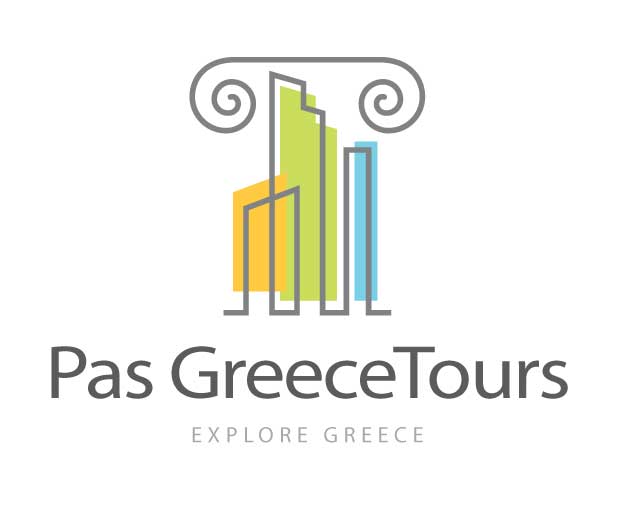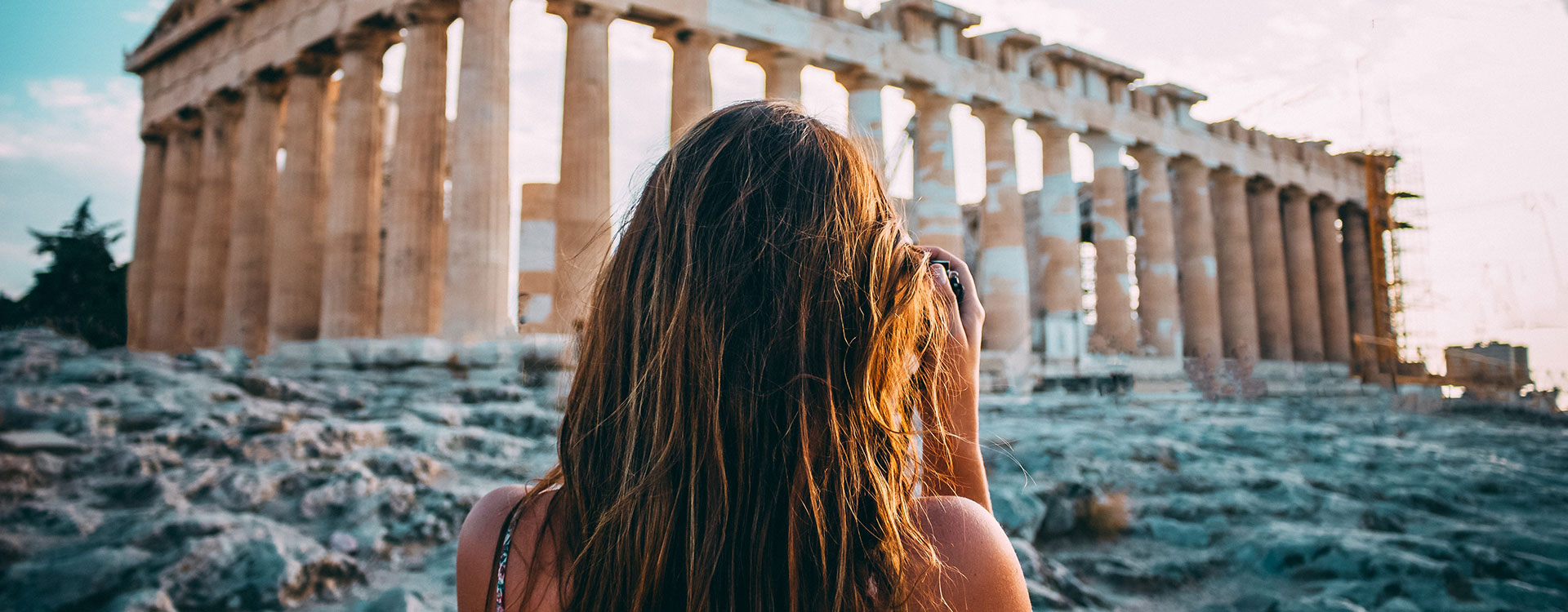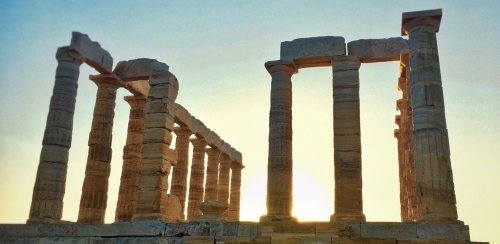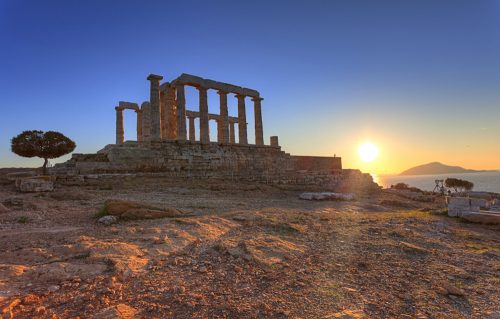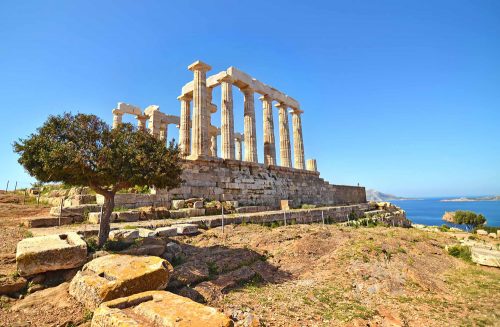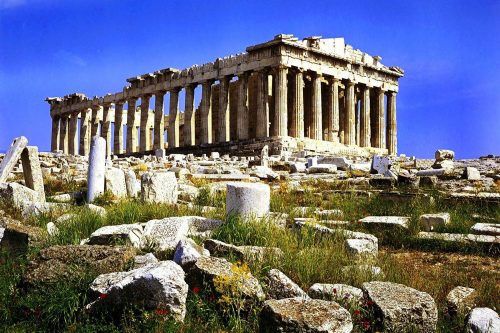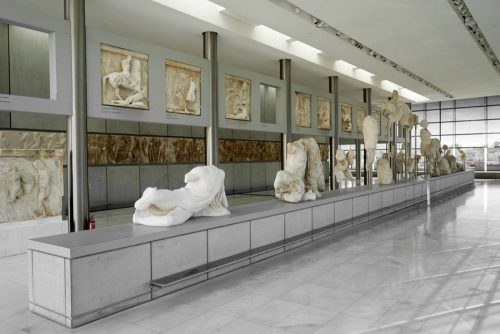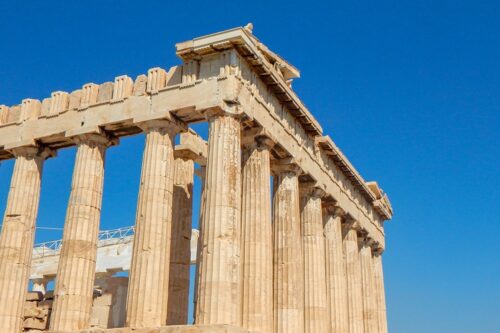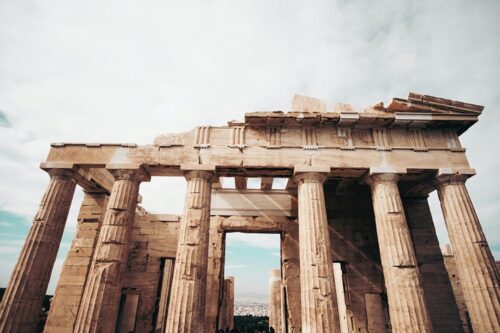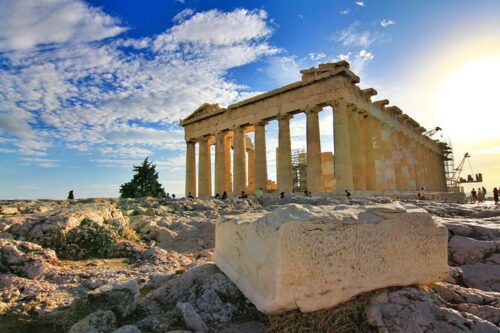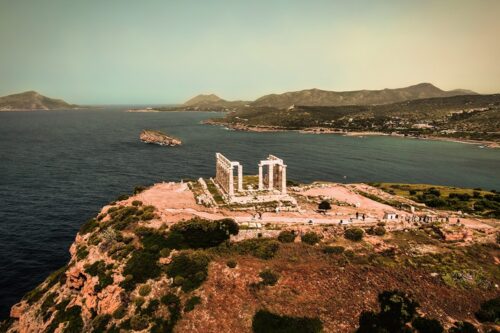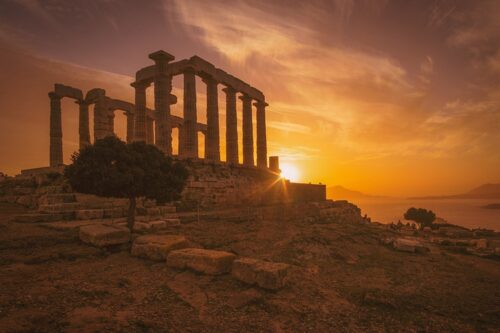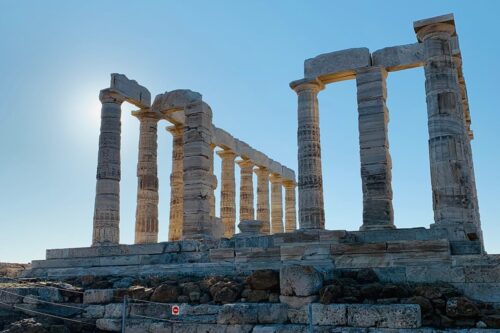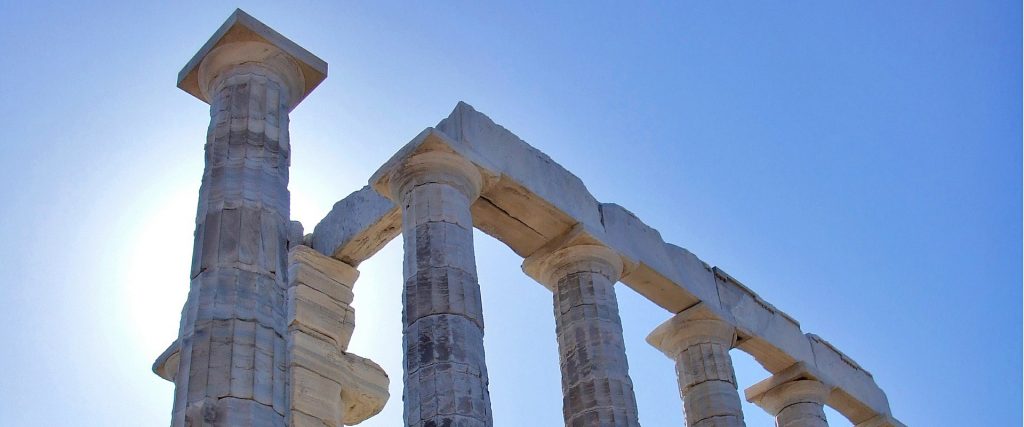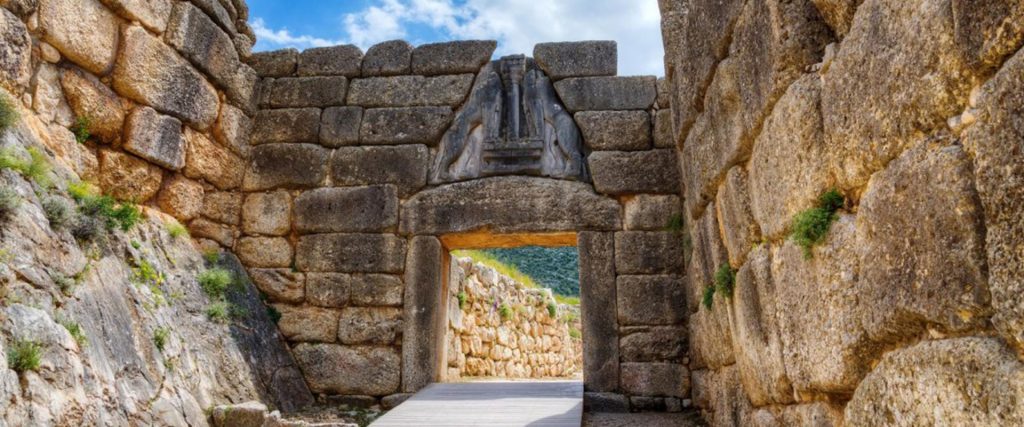Athens & Cape Sounio Tour (Full Day)
The city of Athens has as rich a cultural heritage as it does a modern one and it is all here at your fingerprints for you to discover. Wear your best smile and enjoy one of the most inviting cities in the world. With an expert guide on hand to explain all the top attractions, the tour depart for a photo stop at Panathinaikon stadium, the beautiful marble stadium was built in the 4th century BC and it is restored for the first Modern Olympic Games in 1896. Proceed, passing by
- Zapeion, the first building constructed specifically for the modern Olympic Games
- Temple of Olympian Zeus, the biggest temple of antiquity
- Hadrian’s Arch, an impressive monument in honor the Roman Emperor Adrian
- Paul Church the earliest Anglican church in the Greek capital
- National Gardens, Greeks still often refer to them as the “Royal Gardens”, because they used to be the gardens of the palace, which is today’s House of Parliament.
- The Greek Parliament, this magnificent edifice was originally erected as a palace for King Othon and his Queen Amalia
- Tomb of the Unknown Soldier, In front of Parliament, the traditionally costumed evzones(presidential guards) stand by the tomb and change every hour on the hour
- Syntagma Square also known as Constitution Square is the hub of Athens’ contemporary lifestyle
- Numismatic Museum is housed in the former residence of Heinrich Schliemann, the renowned excavator of ancients Troy and Mycenae
- The Cathedral Basilica of St. Dionysius the Areopagiteis the main Roman Catholic church of Athens
- Athens Trilogy which includes the neoclassical buildings of the University of Athens, the Academy of Athens and the National Library
- The old Parliament House which became the permanent home of the National Historical Museum
- The Church of the Holy Trinityis a Byzantine-era church. Stunning masonry, frescoes and catacombs distinguish this well-preserved 11th century landmark
Our next stop, Acropolis the holy rock of Athens. The citadel and the sanctuary of the city in antiquity. Visit Propylaea the gateway, Temple of Athena Nike, Erechtheion with the famous statues of maiden and of course Parthenon a symbol of Athens itself. One of the most visited and photographed monuments of all time.
After a short walk passing by Oden of Herodes Atticus a stone Roman theatre and by Theatre of Dionysus Eleuthereus which is considered to be the world’s first theatre, the tour continues to Acropolis museum. Over 4000 items are exhibited in this astonishing building, and the largely transparent floor allows visitors a peek at the on-going excavations beneath.
Just 10 km from the center of Athens, one of the most beautiful urban shorelines in the Mediterranean begins. An island on the mainland, the Athens Riviera stretches across the city’s southern suburbs all the way to Cape Sounio, the southernmost point of the Attica peninsula and site of the remains of the ancient Poseidon Temple. There on a rock rising 60 meters above sea level, surrounded on three sides by water, the ancient Athenians chose to build a temple to Poseidon, the mighty God of the Sea.
This 60km route runs along the seashore and passes through the suburbs of Faliro, Alimos, Elliniko, Glyfada, Voula, Vouliagmeni and Varkiza. Here you will find elegant and luxurious hotels, blue flag beaches, plenty of restaurants and bars and of course breathtaking views of the Saronic Gulf.
After passing by the unique Vouliagmeni Lake a spectacular natural attraction where it’s brackish waters are continuously replenished both by the sea and the underground thermal springs,the winding coastal road will lure you to keep going, and with good reason. As you continue, with the beautiful seascape unfolding before your eyes, you will pass more beautiful resorts, such as Lagonissi, where larger-than-life mansions and luxuriant 5-star hotels embrace the seashore, or Saronida, where the azure waters beg you to stop for a quick swim. But just as cunning Odysseus never succumbed to the signing of the Sirens and finally reached Ithaca, you too are destined to arrive at your final destination Cape Sounio.
According to legend, this is the spot where Aegeus, King of Athens, plunged to his death in the sea, because of a misunderstanding that led him to believe that his son, Theseus, was dead. The sea was named the Aegean in honour of the dead King. This magnificent site, which is considered to be the second-most photographed monument of the antiquity after the Acropolis, will definitely reward you if you be there when the sun drops into the sea and everything is painted a magnificent mauve.
When you’ll find Lord Byron’s name carved into the base of one of the columns of the Temple, remember his words: “Place me on Sunium’s marbled steep, Where nothing, save the waves and I, May hear our mutual murmurs sweep…”.
